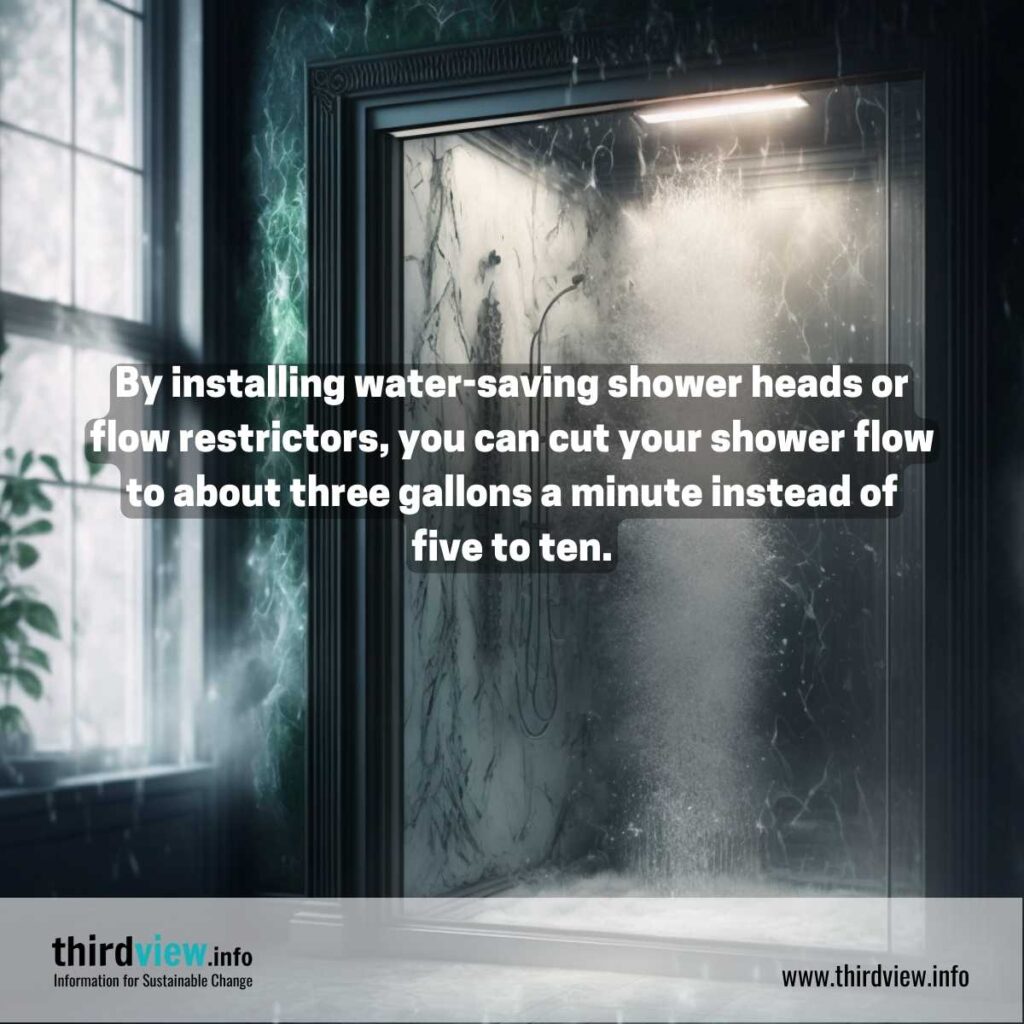About Reclaim Waste
Table of ContentsSome Known Facts About Reclaim Waste.The Buzz on Reclaim WasteReclaim Waste - TruthsReclaim Waste Fundamentals ExplainedGetting The Reclaim Waste To Work
Check out the kinds, occurrences, and types of liquid waste. Domestic sewer waste refers to the waste and products from a domestic sewage-disposal tank. This sort of waste is created by human beings in homes, institutions, and other buildings. This only includes sewage-disposal tanks that have a drainpipe area. The correct monitoring and disposal of residential sewage waste require liquid waste to be moved to a sewage treatment plant where the correct techniques and devices are applied to purify and throw away waste.
Business waste usually includes potential risks, such as combustible products or a blend of liquid and strong waste items, and calls for an advanced and detailed disposal procedure. The disposal of business waste usually involves the filtering of waste before transport to make certain risk-free and appropriate disposal. Hazardous waste is created from byproducts and runoff of commercial processes and production.
This type of waste can not make use of the very same sewer administration transportation or processes as septic or industrial fluids. The commercial waste management process needs the examination and testing of fluid waste prior to it undertakes the disposal process (liquid waste removal). Overflow waste is the liquid waste that originates from overflow and excess stormwater in very inhabited locations or cities
Runoff waste can cause contamination and flooding if not taken care of correctly. Learn a lot more regarding drain cleaning and waste monitoring. Making sure proper waste administration can prevent disasters and reduce ecological injury. Both people in household settings and professionals in industrial or production industries can take advantage of comprehending the processes and regulations of fluid waste monitoring.
Reclaim Waste for Dummies
Contact PROS Solutions today to discover our waste administration and disposal solutions and the correct ways to take care of the fluid waste you create.
(https://writeablog.net/reclaimwaste1/reclaiming-resources-a-comprehensive-guide-to-industrial-wastewater-treatment)This so-called 'wastewater' is not just a crucial resource yet, after therapy, will be launched to our land, waterways or the sea. Made use of water from toilets, showers, bathrooms, kitchen sinks, laundries and commercial procedures is recognized as wastewater.

water made use of to cool equipment or clean plant and equipment). Stormwater, a type of wastewater, is runoff that moves from farming and urban locations such as roofing systems, parks, yards, roadways, paths and seamless gutters into stormwater drains, after rain. Stormwater moves untreated directly to regional creeks or rivers, eventually getting to the sea.
Not known Details About Reclaim Waste
In Queensland, most wastewater is dealt with at sewage treatment plants. Wastewater is carried from domestic or commercial websites via a system of drains and pump stations, known as sewerage reticulation, to a sewage therapy plant.
The Division of Natural Resources encourages city governments about managing, operating and preserving sewerage systems and treatment plants. In unsewered locations, city governments may call for owners to install private or family sewage therapy systems to deal with domestic wastewater from commodes, cooking areas, washrooms and laundries. The Department of Natural Resources authorises the usage of house systems when they are proven to be reliable.
A lot of stormwater gets no therapy. In some new neighborhoods, useful reference treatment of some stormwater to get rid of clutter, sand and crushed rock has started utilizing gross contaminant traps. Wastewater therapy takes place in 4 phases: Gets rid of strong matter. Bigger solids, such as plastics and various other objects incorrectly discharged to sewers, are eliminated when wastewater is passed with screens.
Wastewater then flows right into big storage tanks where solids resolve and are eliminated as sludge. Oil and scum are skimmed from the surface. Utilizes small living organisms referred to as micro-organisms to break down and eliminate remaining dissolved wastes and fine fragments. Micro-organisms and wastes are included in the sludge. Removes nitrogen and phosphorus nutrients that could create algal blooms in our rivers and intimidate marine life.
Not known Incorrect Statements About Reclaim Waste
Nutrient elimination is not available at all sewer treatment plants because it calls for pricey specialized equipment. Clear liquid effluent produced after therapy might still contain disease-causing micro-organisms - liquid waste removal.

Most wastewater moves into the sewerage system. Under the Act, neighborhood governments carry out authorizations and licences for eco appropriate activities (Ages) involving wastewater launches that might have a neighborhood influence.
The Main Principles Of Reclaim Waste
Monitoring provides accurate info regarding water high quality and can validate that permit problems are being fulfilled. The info acquired with tracking supplies the basis for making water high quality decisions.